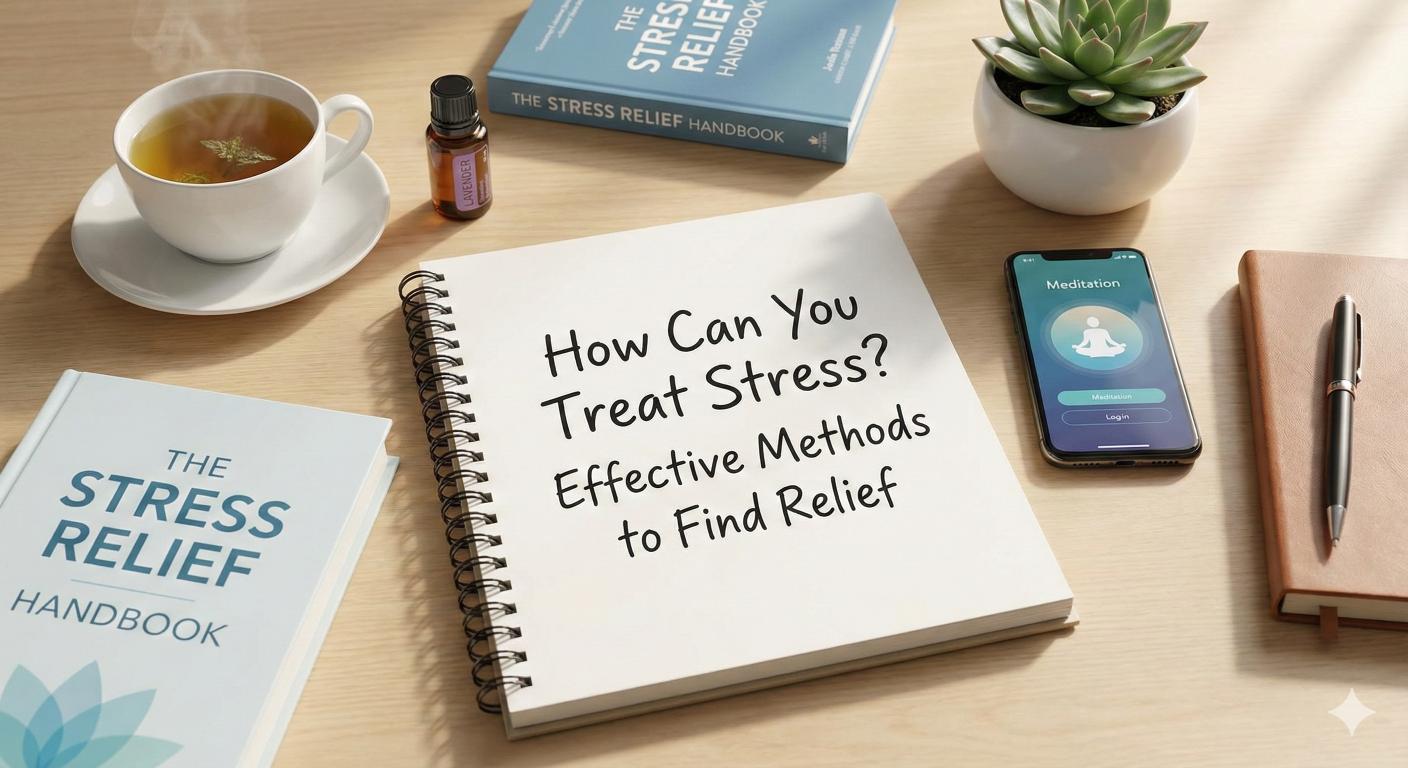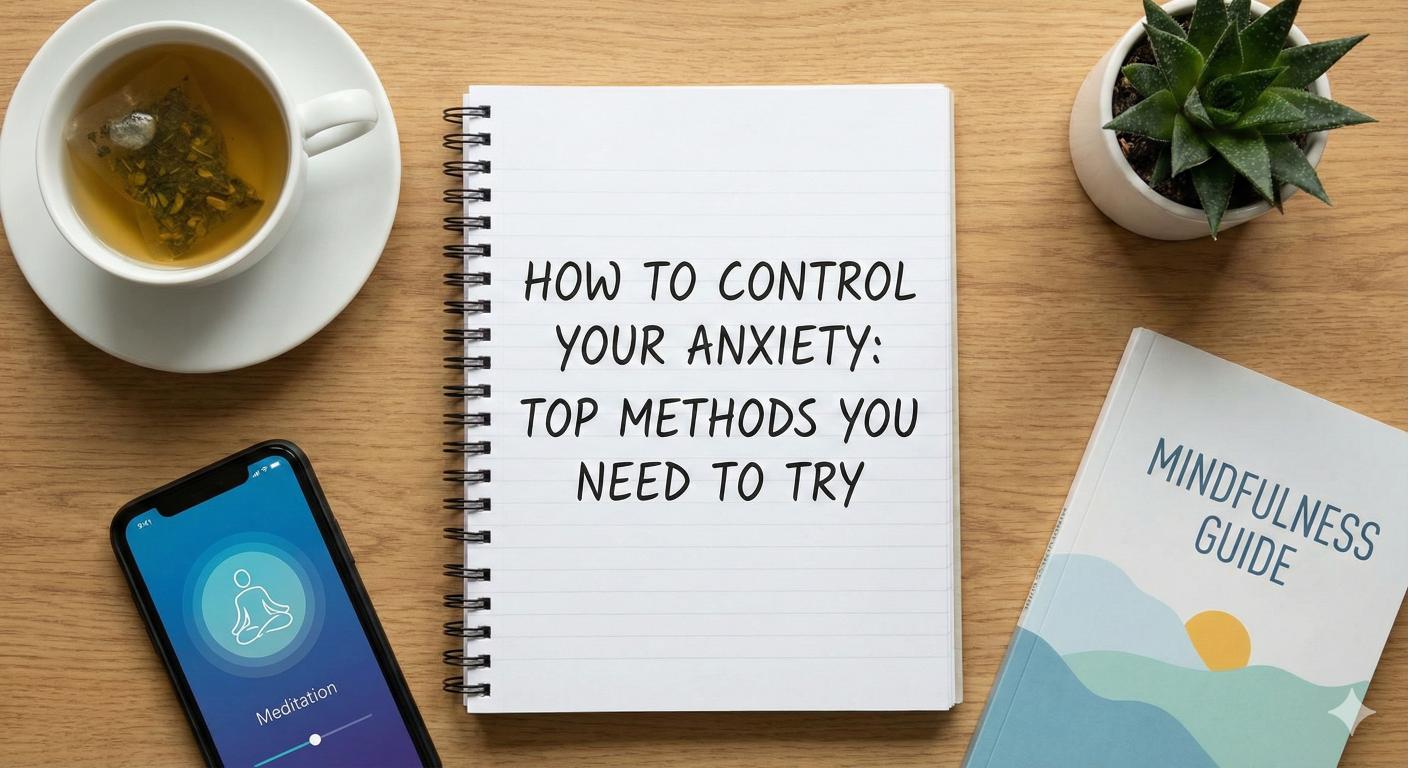Guidance for Loved Ones with Mood Challenges
Learn effective ways for supporting a loved one with mood challenges through listening, care, and communication.

Supporting a Loved One
In the journey of supporting a loved one with mood challenges, certain practices can significantly enhance the quality of the support provided. Two critical aspects of this support are active listening and the benefits of joining support groups.

Importance of Active Listening
Active listening is a vital skill when aiding a loved one dealing with health concerns. It goes beyond merely hearing words; it requires full engagement and presence during conversations. Key elements of active listening include:
For further details on the impact of effective listening, check this source.
Benefits of Joining Support Groups
Support groups provide a valuable environment for individuals to gain insights and encouragement through shared experiences. These groups can offer numerous benefits, including:
The advantages of joining a support group highlight the importance of community and shared understanding in the healing process. More information can be found on HelpGuide.org.
These tools can empower individuals to provide more effective support to their loved ones dealing with mood disorders, ultimately fostering a more understanding and nurturing environment.
Implementing Self-Care
Self-care is a vital part of supporting someone who faces mood challenges. It involves intentional actions aimed at nurturing physical, emotional, and mental health, promoting overall well-being, and reducing stress. Implementing self-care practices can significantly enhance the quality of life for individuals dealing with these difficulties.
Self-Care Practices for Well-being
Self-care practices can vary greatly from person to person, and it is essential for individuals to experiment and find what works best for them. Here are some beneficial self-care practices:
Self-Care PracticeDescriptionMindfulness and MeditationEngaging in mindfulness techniques can significantly improve emotional stability. Role of mindfulness in emotional stability provides insights into effective mindfulness practices.Physical ExerciseRegular physical activity has mood-enhancing effects. Exercise as a tool for mood enhancement explores various ways to incorporate exercise into one’s routine.Healthy EatingA balanced diet contributes to emotional well-being. The impact of diet on emotional well-being discusses how certain foods can influence mood.Creative OutletsEngaging in art therapy can facilitate emotional expression. Using art therapy for emotional expression provides more details on this practice.Quality SleepAdequate sleep is crucial for emotional regulation. Strategies for improving sleep quality can significantly impact mood.
According to studies, incorporating these self-care practices can reduce stress and improve overall mood. For more structured emotional regulation, individuals can exploreemotional regulation techniques.
Encouraging Self-Care Activities
Supporting a loved one with mood challenges also involves encouraging them to participate in self-care activities. Here are effective ways to promote self-care:
By promoting and participating in self-care, individuals can significantly enhance their mental health and well-being. Emphasizing the value of self-care is essential in providing proper support to loved ones navigating mood challenges.
Providing Emotional Support
Emotional support plays a vital role in the journey of someone facing mood challenges. Offering an open space for conversation and encouraging discussions around mental well-being can significantly impact the emotional health of the individual.
Creating an Open Space
When supporting a loved one with mood challenges, it is essential to foster an open and non-judgmental environment. This means providing a distraction-free space where conversations about mental health can take place comfortably. It is crucial to let the individual lead the discussion at their own pace. Pressure to disclose more than they are comfortable with can create barriers to open communication [1].
Key Elements of an Open SpaceDescriptionNon-Judgmental AttitudeApproach conversations without bias or criticism.Distraction-Free EnvironmentEliminate noise and interruptions to facilitate dialogue.FlexibilityAllow the individual to share as much or as little as they want.
An open space creates a safe haven where the individual feels valued and understood, promoting healthier communication about their feelings and thoughts.
Encouraging Discussion on Mental Health
Encouraging discussions around mental health is equally important. Conversations can include self-care activities such as exercising, maintaining a balanced diet, and ensuring restful sleep. These activities help protect mental health and contribute to overall well-being [1].
Here are some techniques to foster open discussions:
Discussion TechniquesDescriptionActive ListeningPay attention to what the individual is expressing without interrupting.Open-Ended QuestionsAsk questions that encourage elaboration, like "How have you been feeling lately?"Normalizing ExperiencesShare that it's okay to have ups and downs, making them feel less isolated.
By creating an environment conducive to open dialogue, it becomes easier to talk about mental health. Supporters can also assist by providing information on seeking professional help, such as visiting a GP together or connecting with mental health professionals [1]. This collaborative approach can empower loved ones while ensuring that they feel supported in their journey.
Seeking Professional Help
Seeking professional assistance is an important step when supporting a loved one with mood challenges. This step can alleviate personal burdens and help ensure that the individual receives the care they need.
Guidance on Professional Support
In providing support, it is crucial to help the individual explore options for professional guidance. Encouraging them to consult a mental health professional can be beneficial. Assistance can come in various forms; for example, offering to accompany them to their general practitioner (GP) or helping them research therapists. You can also provide information about local resources, such as support groups and hotlines.
Organizations like Mental Health America assist in finding group support resources, which can play an essential role in recovery. Familiarizing oneself with these resources helps you guide those in need toward appropriate support.
Type of SupportDescriptionAccompanying to GPOffering emotional support and helping with logistics.Researching TherapistsFinding suitable mental health professionals available.Local Support GroupsIdentifying peer-run groups for sharing experiences.
Recognizing Personal Limits
While offering support is important, recognizing personal limits is just as crucial. It is essential for caregivers to prioritize their own mental health to avoid burnout, which can happen when one is overly invested in managing someone else's emotional challenges. Ensuring personal self-care can improve the ability to remain supportive over time [1].
Setting boundaries enables a healthier relationship with the loved one in need. By respecting one's limits, caregivers can provide better support without sacrificing their well-being. For further strategies on managing emotional well-being, consider looking into strategies for preventing emotional burnout.
When navigating this complex journey, open communication is vital. Providing a space for discussion ensures that the loved one feels heard and understood without pressure to disclose more than they are comfortable sharing [1]. In summary, balancing support with self-care empowers both the individual facing challenges and their supporters.
Understanding Mood Disorders
Mood disorders are prevalent mental health conditions that affect a significant portion of the population. They can have a profound impact on an individual's emotional state, daily activities, and relationships. Understanding their types and prevalence, as well as recognizing the associated risk factors and symptoms, is essential for providing effective support.
Types and Prevalence
Two primary types of mood disorders are depression and bipolar disorder. According to the Cleveland Clinic, major depression is more prevalent among women and individuals assigned female at birth. On the other hand, bipolar disorder affects approximately 2.8% of adults. Mood disorders can recur or necessitate long-term treatment, underscoring the importance of seeking help early and recognizing their treatability.
Prevalence Statistics
Mood DisorderPrevalence RateAffected DemographicMajor DepressionMore common in womenGeneral populationBipolar DisorderAbout 2.8% of adultsVaries but can affect both genders
Risk Factors and Symptoms
Individuals experiencing mood disorders face an elevated risk of suicidal behavior and may also encounter other mental health issues. Recognizing the various risk factors such as life experiences, stressful events, and co-occurring neurological disorders is crucial in addressing these challenges effectively.
Symptoms associated with mood disorders can manifest differently depending on the type of disorder. Depressive disorders may exhibit changes in sleep patterns, appetite fluctuations, and feelings of worthlessness. In contrast, bipolar disorders typically involve mood swings ranging from manic to depressive episodes. Understanding these symptoms is vital for early intervention and treatment.
Common Symptoms of Mood Disorders
Mood Disorder TypeCommon SymptomsDepressionChanges in sleep, appetite, lack of energy, feelings of worthlessnessBipolar DisorderMood swings, impulsive behavior, manic episodes, depressive episodes
For more information on how mood disorders impact various aspects of life, consider exploring the impact of mood disorders on academic performance, or learn about emotional regulation techniques that can help manage these challenges.
Effective Communication Strategies
Effective communication is key when supporting a loved one facing mood challenges. This section discusses two essential strategies: active listening techniques and the use of "I" statements.
Active Listening Techniques
Active listening is an important skill when supporting a loved one through health problems. It involves several key practices:
Incorporating these techniques fosters a supportive atmosphere and enhances communication. Active listening builds stronger relationships and allows individuals to feel heard and valued. This approach promotes a sense of belonging and psychological safety, essential in nurturing relationships with individuals experiencing mood challenges [2].
Use of "I" Statements
Using "I" statements in conversation emphasizes the speaker's feelings and beliefs rather than placing blame on the listener. This technique encourages understanding and reduces conflict, which can be especially important when discussing sensitive topics such as mood disorders.
Examples of "I" statements include:
This form of communication promotes emotional intimacy and helps maintain a constructive dialogue. Clinical psychologists and relationship experts endorse the use of "I" statements as an effective way to improve interactions and build trust [3].
By integrating active listening techniques and using "I" statements, individuals can enhance their ability to communicate effectively with loved ones facing mood challenges, leading to a deeper understanding and stronger support.
References
[2]:
[3]:
More Resources
A team ready to start your journey.
Get in touch — today.
We are a safe space – a haven for exceptional individuals to receive discreet, personalized, in-person treatment and care.
.avif)










